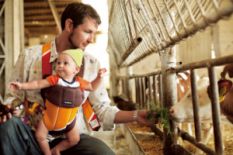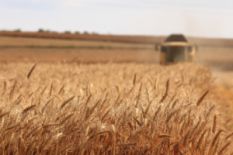The agro-industrial sector remains one of the key drivers of the Ukrainian economy. This is not surprising since agriculture, according to Prime Minister Volodymyr Groysman, generates 17-18% of Ukraine's GDP. For comparison, the share of the agricultural sector in Moldova's GDP is about 14%, in Romania 5%, in Slovakia slightly less than 4%, and in Poland about 3%.
Exports are growing in parallel to production. For example, according to the estimates of the Ministry of Agrarian Policy and Food of Ukraine, the share of agricultural products in the total commodity exports exceeded 40%.
According to the State Statistics Service, in 2017, exports of plant products from Ukraine (including cereals) rose to 9.2bn dollars, which is 13% more than in 2016, animals and animal products up to 1.12bn dollars (43.1% more than in 2016), fat and oil up to 4.6bn dollars (16.2% more than in 2016), while exports of ready-made food products reached 2.83bn dollars, which is 15.4% more than in 2016.
Eastwards
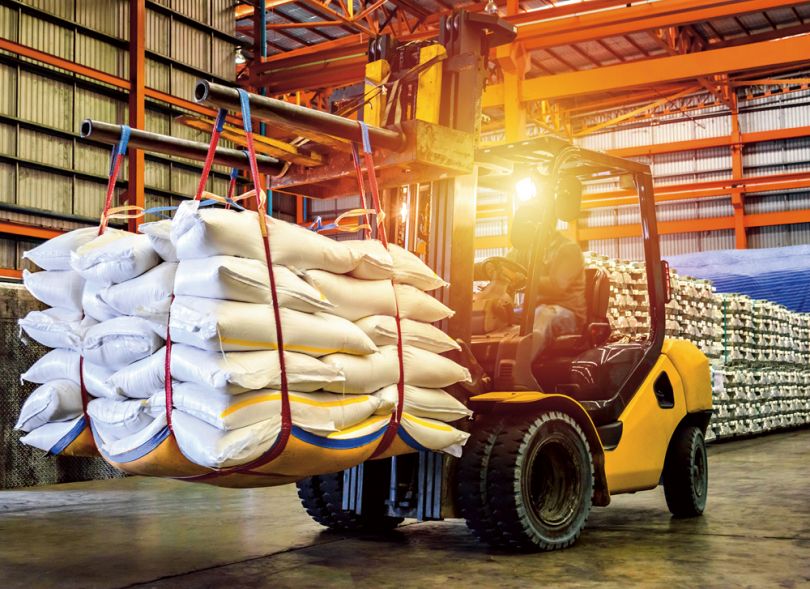 In terms of export volumes, Ukrainian agricultural products enjoy the highest demand in Asia, followed by EU member states, the African continent and the CIS. Some supplies go to Latin America and the USA.
In terms of export volumes, Ukrainian agricultural products enjoy the highest demand in Asia, followed by EU member states, the African continent and the CIS. Some supplies go to Latin America and the USA.
In fact, this geographic structure of supplies has formed relatively recently. Domestic agribusinesses started to discover Asian markets as late as in 2014-2015 after losing the key Russian market because of the escalation in relations and sanctions. In 2014, Ukrainian agricultural exports to Russia fell to 983m dollars from 2bn dollars in 2013. In early 2016, the Ministry of Agrarian Policy said that agricultural exports to Russia now accounted for 1% of the total volume.
Besides, Ukrainian agribusinesses had limited capacity to send their products to the EU because Ukraine and the EU did not sign the economic component of the Association Agreement until June 2014. Agrarians turned out to be absolutely unprepared to enter EU markets.
As a result, Ukrainian agribusiness began to actively conquer China, South Korea, Thailand, Japan, Malaysia and India. Grain and oilseeds (including vegetable oil), confectionery and bakery, dairy, honey and meat are exported to China now. In addition to grain and butter, Ukraine supplies Malaysia and Japan with vegetables and fruit, while leguminous crops and sunflower oil are sent to India.
And the prospects for bigger supplies to the Asian region look pretty bright. Over the five months of 2018, Ukraine has increased its export of dairy products to China nine times. Back in November 2017, the State Food and Grain Corporation of Ukraine (SFGCU) and the State Industrial Corporation of China reached an agreement to increase grain supplies to China. Ukraine also plans to increase exports to Japan, primarily of wheat and corn. India is interested in expanding cooperation with us. Its ambassador Kumar Bharti said that Ukraine would supply 20% more sunflower oil in 2018 (last year our oil sales to India reached 2bn dollars). This is quite predictable because the consumption of vegetable oil in India increases every year and Indian authorities expect the import of these products to reach 3.5m tonnes by 2023.
Another niche which Ukrainian farmers are still to take is the supply of melons, fruit and berries. So far, these exports are focused mainly on Europe. But farms seriously consider selling berries and fruit to Asia.
Lands yet to be explored
 Ukraine has long been working with African countries. The largest customer of our agricultural products is Egypt, which imported 1.3bn dollars worth of them in 2017. Some other African trading partners are Morocco, Tunisia, Algeria, Angola, Nigeria and South Africa. However, the range of supplies to this continent is still rather meager. Mostly these are wheat, corn, flour, poultry, pork and eggs.
Ukraine has long been working with African countries. The largest customer of our agricultural products is Egypt, which imported 1.3bn dollars worth of them in 2017. Some other African trading partners are Morocco, Tunisia, Algeria, Angola, Nigeria and South Africa. However, the range of supplies to this continent is still rather meager. Mostly these are wheat, corn, flour, poultry, pork and eggs.
Nevertheless, exports to Africa make only 8-9% of the total volume, whereas the EU (see more below) accounts for over 30%. So, there is a room to grow, especially considering that the population of Africa exceeds 1.2 billion people and its purchasing power has been growing year to year. GDP in countries of Black Africa, a part of Africa to the south of the Sahara Desert, has the average annual increase of 4-5%. And in some countries, such as Ethiopia, Tanzania, Kenya, it grows by at least 6-7% per year.
Ukraine is building cooperation with countries of the Arabian Peninsula. For example, the UAE already buys half of the eggs exported from our country. Back in early 2016, the UAE gave the green light for the supply of lamb, poultry and beef. This spring Ukraine began to export cheese and apples to the UAE.
Saudi Arabia buys Ukrainian wheat and almost 40% of all exported barley. In addition, in December 2017, Saudi Arabia approved Ukraine's certificate for the supply of processed foods.
Also in 2018, Ukraine found new importers of grain on the Arabian Peninsula. These are Yemen, which bought 212,000 tonnes of wheat, and Qatar, which received 97,000 tonnes of barley.
Capricious Europe
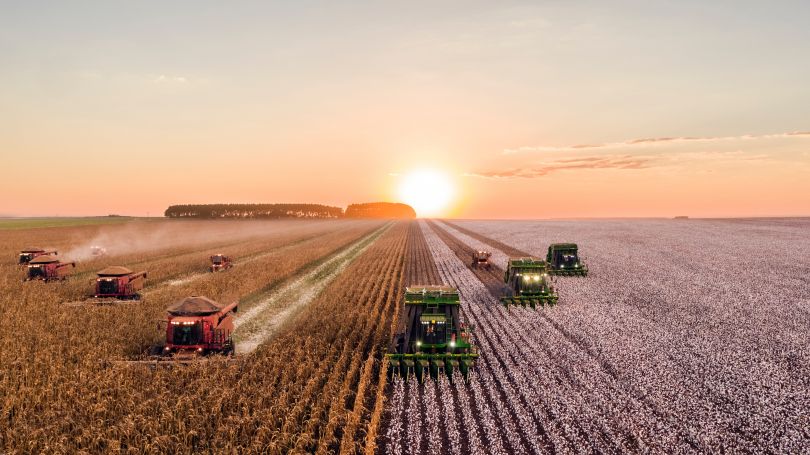 Most Ukrainian agricultural producers pin particular hopes on the EU market. Mostly this has to do with the coming into force of the Association Agreement with the EU and opportunities it gives.
Most Ukrainian agricultural producers pin particular hopes on the EU market. Mostly this has to do with the coming into force of the Association Agreement with the EU and opportunities it gives.
Of course, agrarians are primarily drawn by duty-free supplies to Western European states within quotas. They are set for almost 50 types of agricultural products for a year. The allocation of quotas is based on the first-come, first-served principle (this is how most quotas are allocated) or on the basis of export licenses indicating individual quotas on commodities that can be exported.
Some quotas get exhausted extremely quickly. According to the Ministry of Agrarian Policy (see the table), by the beginning of May, quotas (including additional ones) for duty-free exports of honey to the EU, processed tomatoes, wheat and maize have been fully exhausted (the last two crops, by the way, were gone in the first days of January), grape and apple juice, barley and barley flour. By the beginning of October have been nearly exhausted, for the export of garlic, starch, malt and starch products poultry meat.
And this is by no means a "phenomenon": producers of the most popular commodities queue in the export line every year. At the same time, some types of products are left without attention. For example, lamb, sugar and sugar syrups, mushrooms, processed milk products, ready-made food products, ethanol.
There are several reasons for this lack of balance in exports to the EU. First, certain products (like lamb or garlic) are specific and niche-oriented. Large agricultural holdings are not interested in them. Smaller companies do not always want to farm them because of unsuitable climate, lack of technology or simply because of the high cost of growing. Second, it is much easier to find a customer for raw products, such as grain, than for ready-made products. After trying to break into Europe with a specific product, let us say "in a package", Ukrainian companies play with European producers on their own field. Thus, they are faced with completely different requirements to quality, safety and labeling.
In any case, all of these are the niches where Ukrainian producers (especially small and medium-sized ones) can gain a foothold. Moreover, the EU must be given justice: it reacts positively to Ukraine's requests to increase export quotas. In the summer of 2017, the European Parliament agreed an increase in tariff quotas for honey, corn, barley, oats, cereals, processed grain and grape juice from Ukraine. So, let us say it again, the EU market offers tremendous opportunities. Another question is how we are going to use them.
Quality rules
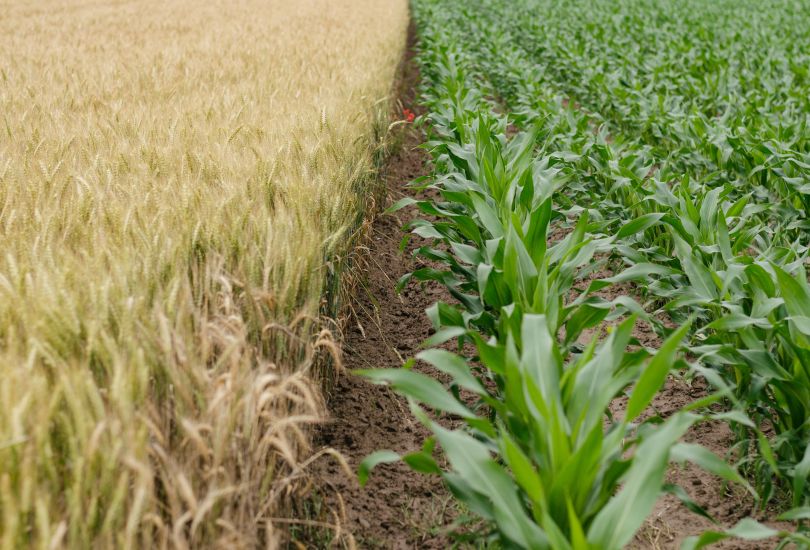 Agrarians' ambitions in other countries often stumble upon the lack of competitiveness of Ukrainian products. This is the main problem which hampers a faster growth of exports.
Agrarians' ambitions in other countries often stumble upon the lack of competitiveness of Ukrainian products. This is the main problem which hampers a faster growth of exports.
The key parameter is the quality of products. Not only Europe cares about it. "Countries such as Japan, Indonesia, and Korea are accustomed to high-quality goods and their priority demands will be made in this regard," Mariya Kolesnyk, deputy director of ProAgro Group, said. A scandal which broke out in early 2016 is a sufficient example. Ukraine had to suspend honey exports after the Czech complaints that an inspection of Ukrainian beekeepers' products revealed impurities which are banned by the EU - chloramphenicol and nutrofuran antibiotics, which are toxic to humans. Or when in the autumn of 2016 Romania imposed a complete ban on the supply of pork from Odessa Region because of the African swine fever.
Therefore, not all companies meet the requirements for certification without which international markets are out of access. And they will be tightened with time. By signing the Association Agreement with the EU, Ukraine undertook to harmonize a mass of technical regulations. This means that manufacturers which want to conquer Europe are required to introduce food safety and quality management and other systems. That would require them to invest considerable amounts in the re-equipment of production, purchase of new equipment and introduction of advanced technologies.
"A transition period will be established for all types of products. That is, conscientious producers will be able to make changes to technological processes while the unscrupulous ones will have to leave the market," Olga Trofimtseva, Deputy Minister of Agrarian Policy and Food of Ukraine for European Integration, explained. So, clearly not all the companies will make it to the EU.
In addition, it is difficult for Ukrainian farmers to charge good prices because costs are unreasonably high due to outdated technology, low automation of production and the prevalence of manual labor. "We often lose to Europeans because of the cost of quality raw materials in Ukraine. Let me draw an example of cheese supplies to Kazakhstan: once we raised prices to a profitable level in 2016, orders fell almost twofold. Cheaper Polish products began to replace what we lost in volumes," Sergiy Vovchenko, supervisory board chairman at Milk Alliance Group, said.
What is yours is best
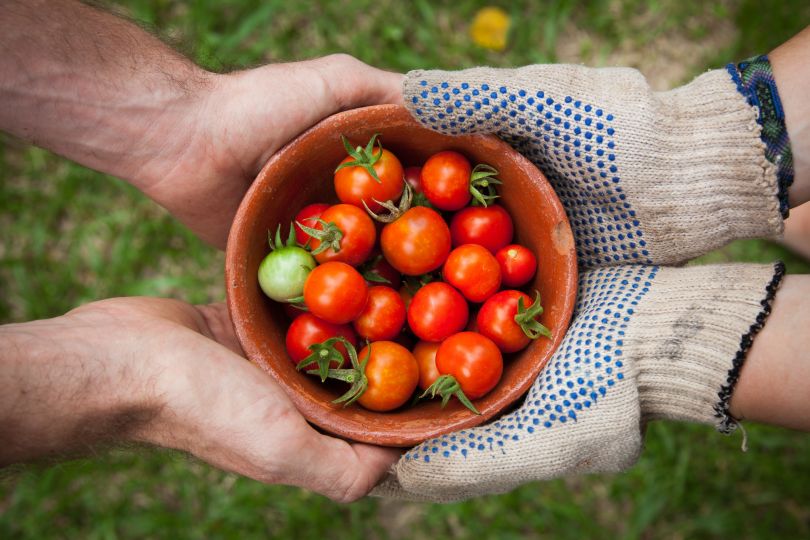 Thus, it turns out that Ukraine's agriculture is overly oriented towards raw materials and monoculture, when the main bulk of goods and proceeds is generated by several products: cereals, legumes, oilseeds and poultry. But new markets can be won with maximum profits only by selling products with high added value. Therefore, if we aim higher than being a "raw stuff appendage", we need to create finished products with good reputation and quality to look good in the international market. This is the only way that gives us a chance to defeat other producers in competition.
Thus, it turns out that Ukraine's agriculture is overly oriented towards raw materials and monoculture, when the main bulk of goods and proceeds is generated by several products: cereals, legumes, oilseeds and poultry. But new markets can be won with maximum profits only by selling products with high added value. Therefore, if we aim higher than being a "raw stuff appendage", we need to create finished products with good reputation and quality to look good in the international market. This is the only way that gives us a chance to defeat other producers in competition.
Author: Pavlo Kharlamov.
Photo source: shutterstock.com, unsplash.com.


